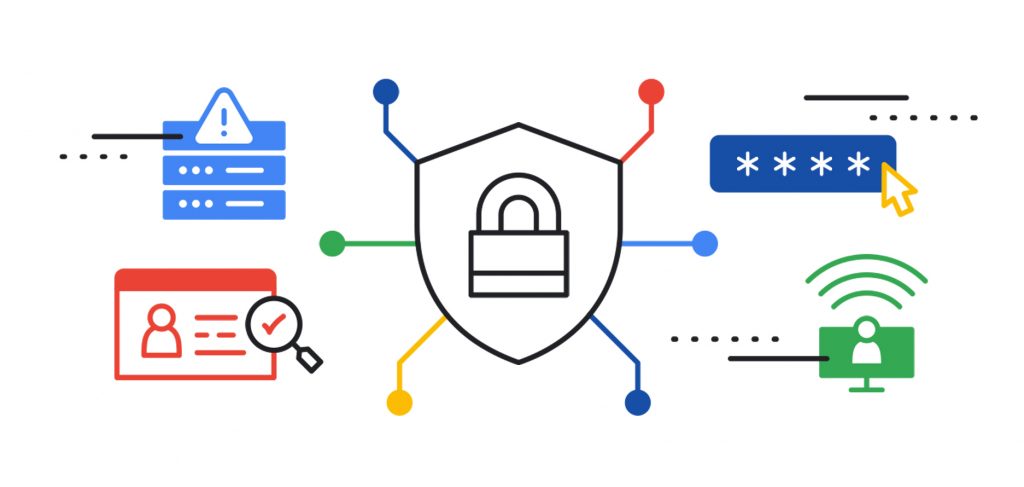Introduction:
In the digital-centric world of today, grasping the core concepts of cybersecurity – specifically, understanding exploits and vulnerabilities – is essential. This blog will bring these vast topics into focus and chisel out their intricacies.

Decoding Exploits in Cybersecurity:
An exploit, in the cybersecurity context, is a software or command acting maliciously to take advantage of a vulnerability, creating unexpected behaviour. Exploits come in many shapes, primarily categorized by their method of intrusion.
Local Exploits:
Take, for instance, a local exploit. This type of exploit involves a direct breach into the machine, usually through an infected file delivered, say, via an unsuspecting email.
Remote Exploits:
Contrastingly, remote exploits are the hacker’s tools of choice. These involve the delivery of specialized network packets to indirectly trigger a system breach. Denial-of-Service (DoS) exploits, primarily aiming to disrupt system operations, are examples of remote exploits.

Understanding Vulnerabilities in Cybersecurity:
Exploits depend heavily on the type of vulnerability they aim to tap into. Here we dive into understanding some common vulnerabilities that catch hackers’ attention.
Memory Access Vulnerabilities:
Memory access vulnerabilities such as buffer overflow and faulty pointers are low-level vulnerabilities. These occur when a program erroneously writes or reads from memory areas, leading to crashes, or worse – execution of harmful code.
Input Validation Vulnerabilities:
Validation vulnerabilities occur when a program fails to adequately scan or process data, offering a loophole for attackers to inject damaging code. SQL and HTML injections fall under this vulnerability umbrella.
Race Conditions:
Race conditions serve as examples of errors that occur during simultaneous execution of code in unfavourable orders by multiple processors. The exploit possibility here arises if an attacker can externally influence the processing sequence.
Privilege Escalation:
Errors leading to unintentional execution of commands with higher privileges are classified under privilege escalation vulnerabilities. Cross-site request forgeries, where a logged-in user’s permissions are manipulated, are a prime example.
Conclusion:
Understanding exploits and vulnerabilities in cybersecurity is the cornerstone to setting up effective safeguards and warding off potential threats. Be aware, stay safe, and keep exploring our blog for more insights into the exciting world of cybersecurity.

